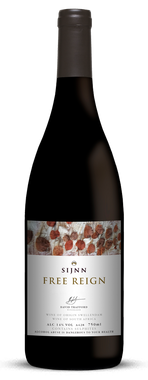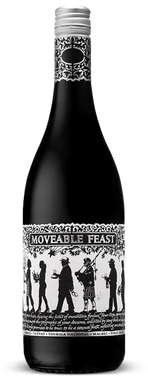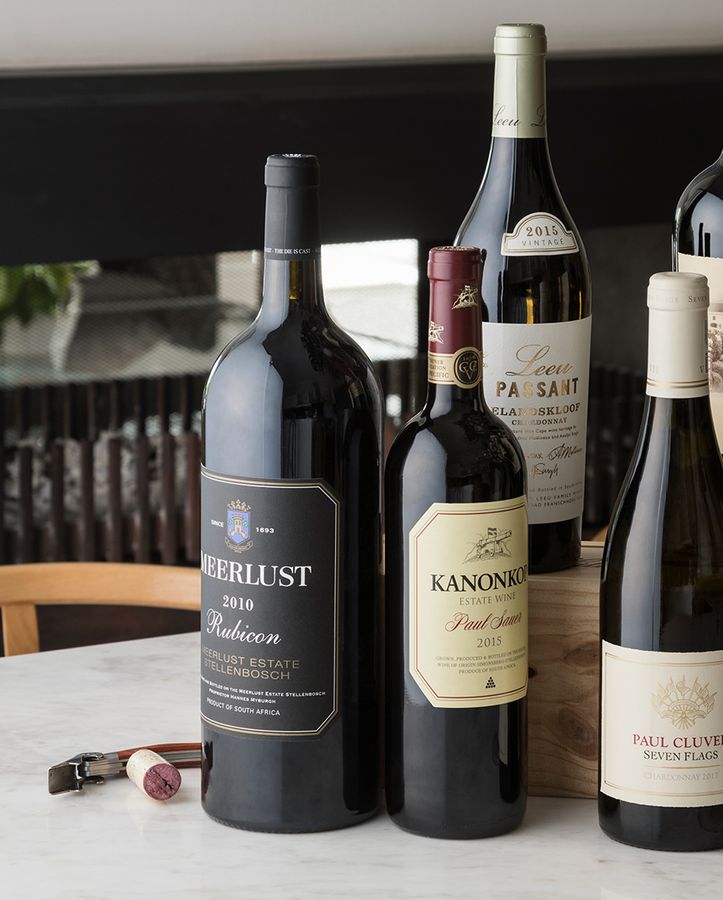Dramatic, unruly, tortured, and petulant but simultaneously soulful, insightful, and occasionally transcendent. A rockstar worthy of the title will only increase in charm and relevance as their personal narrative is revealed. Touriga Nacional is undoubtedly a rockstar, so it feels about time we examined its narrative.
The Troubled Prodigy
Once you have Touriga Nacional in your glass, it’s hard not to get excited about the potential.
The grape delivers incredibly concentrated, velvety, black fruit elements, with vibrant floral aromatics and incredible structure. Add this to the fact that the flavour profile works well with oak elements, and you have all the ingredients of an impressive icon-style wine that can age and improve for a decade or more. For fans of rich, structured Bordeaux blends or Cabernet Sauvignons, one has to ask, “what’s not to like?”
Which is weird, because, despite being one of Portugal’s oldest indigenous varieties, the grape had almost been abandoned to extinction in its own country by the 1970s.
You see, historically, Touriga Nacional was an atrociously low yielder. It was also insanely vigorous and unruly in the vineyard, which meant that it needed to be constantly pruned and managed; an exhausting, frustrating double whammy for farmers entrusted with their guardianship. In fact, this troubled orphan vine made Babe Ruth seem like a teacher’s pet, and no one can blame the poor exasperated mid-century vignerons of the Douro and Dão for being completely fed up with this incorrigible little shit.
And yet, like Babe Ruth, despite being an absolute pain in the ass, Touriga’s brilliance was undeniable to Port producers of the time. Even in the absence of any redeeming creature comforts, its sheer quality saved this grape from oblivion. Fifty years on, in a galaxy far, far away from Portugal, this fact is important to remember.
Moving Abroad
The story of how Touriga survived its precarious infancy and began its global diaspora is a fascinating combination of ingenuity, climate change, and shifting consumer demands.
It was the Port producers in the Douro who realised that Touriga was indispensable to their finest Ports, for its intense colour, aroma, and structure. So began funding decades of (successful) research into developing clones that produced better yields without compromising quality. It’s somewhat ironic, therefore, that the waning demand for Port on a global scale triggered Touriga’s next step towards greatness.
With the market downturn, producers began diversifying their product mix by vinifying Touriga as a single-cultivar table wine. While it began as some sort of pragmatic adjustment to a problematic market, this shift from “anonymous blending component” to “striking single cultivar wine” piqued the interest of growers in New World regions like Australia, California, and France. And if you wanted to be region-specific, all you’d need to do is follow the trail of the big reds.
In Australia, Shiraz haunts like Mclaren Vale and Barossa welcomed Touriga most heartily. In California, AVAs like Lodi and Sierra Foothills saw Touriga settle in amidst the Zinfandel vineyards, while further north in Washington State, Touriga began rubbing shoulders with the region’s expansive Cabernet plantings.
But bizarrely (or perhaps predictably), it was in France that Touriga was finally given global importance when the cultivar was added to the extended list of proposed Bordeaux AOC cultivars in 2019. There were 14 cultivars proposed, but by 2021 only six were approved by the INAO as “new varieties of interest for adapting to climate change”. Touriga Nacional among them.
South African Potential
But if the Bordelais feel as though things are getting steamy in France, they should pop into Calitzdorp for a quick croissant and un tasse de (moer)café. The Calitzdorp ward (within the Klein Karoo region), with its Douro-Esque continental climate and clay-rich soils, has been producing South Africa’s most lauded Port-style wines for almost 40 years. But keeping with the global trend, Port stalwarts DeKrans and Boplaas are now producing rather remarkable single-cultivar Touriga Nacional bottlings of table wine that have begun to impress local and international critics. Boplaas released an exceedingly good value introduction Touriga onto the market under screwcap – at less than R100 per bottle – but it is the Reserve Touriga that impresses most; with its intense, persistent blue fruit, violet aromas, dense tannins, and oaken polish. DeKrans offer a slightly more multi-faceted expression, layering elements of black plum, black cherry, tilled earth, prunes, and hints of dark chocolate; tastefully rounded out by oak.
But for all its rise to single cultivar stardom, Touriga hasn’t forgotten how to be a team player. This is proven most convincingly by DeKran’s Tritonia “Calitzdorp Blend”, which sees Touriga, supported by Tinta Roriz (Tempranillo) and splashes of other Port cultivars delivering a truly regal, savoury mix of violets, plums, prunes, mulberries, raspberries, and leather. It’s every bit as dynamic as it sounds.
But it’s not just in the clay soils of Calitzdorp that Touriga is finding form. In fact, if Portuguese winemaker of the year (2018), Jorge Alves, is to be heeded, it's in soils of schist and decomposed granite – not clay – that Touriga shines brightest. This fact will, no doubt, come as no surprise for long-time fans of South Africa’s oldest Touriga vineyards - the Overgaauw Estate block planted in the granite soils at the foot of the Polkadraai hills. The Overgaauw Touriga Nacional 2020 carries impressive (if youthful) concentration, with both the structure and concentration of fruit promising that it will continue to improve for at least another decade. And for wine lovers who don’t have that sort of patience, Swartland stalwarts Allesverloren offer a more developed, cellar-aged 2018 vintage, grown in the shale/schist soils of the Kasteelberg. While not quite as floral as the Overgaauw, it is a rare mix of juicy cherry, fresh blackcurrant fruit, and cola notes, framed firm by firm tannins, tobacco leaf, cinnamon, and vanilla. For readers who deny Touriga’s ability to provide competition for Cabernet, this tidy bottling will provide some delightful cognitive dissonance.
“You’ve come a long way baby”
There are plenty more examples of both local and international wines listed below, which will convince you once more that, on quality alone, Touriga Nacional is an exciting prospect for South African wine. When one adds to its sensory qualities, the fact that it is heat-resistant and disease-resistant against plagues like powdery mildew, in a way that age-worthy cultivars like Cabernet Sauvignon are not. It is surely only the backward-facing and climate-change deniers who would not be willing to leave room for this cultivar in their vinous future. But don’t take my word for it. Taste them for yourself.


